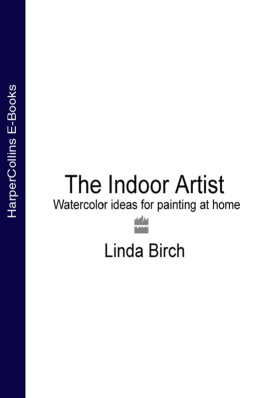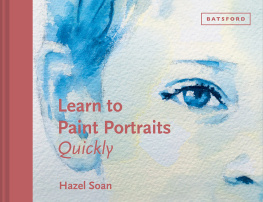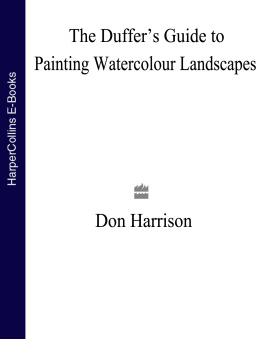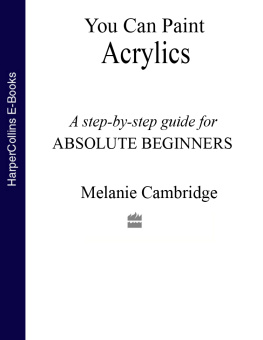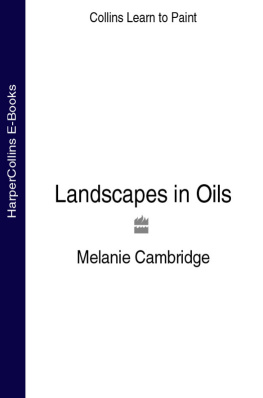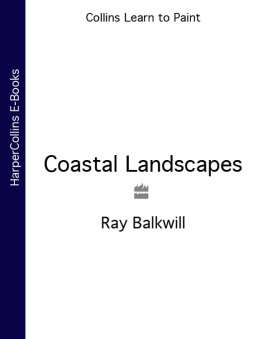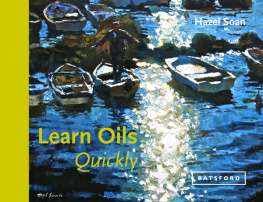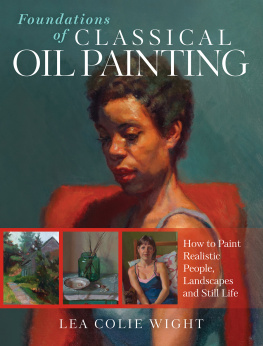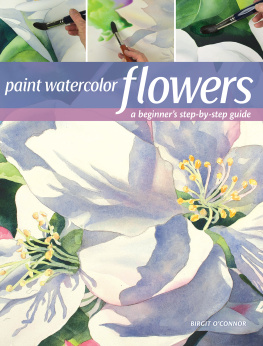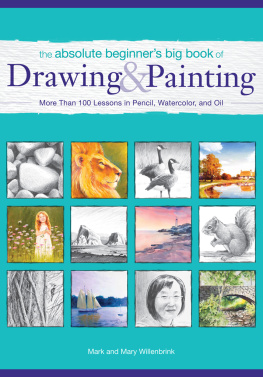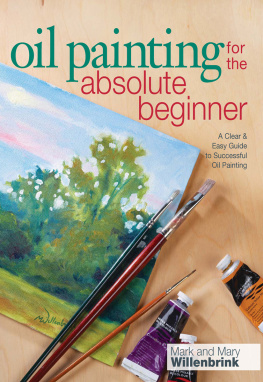


Collins
An imprint of HarperCollinsPublishers Ltd.
1 London Bridge Street
London SE1 9GF
www.harpercollins.co.uk
First published in 2001 by Collins
Collins is a registered trademark of HarperCollinsPublishers Ltd.
Copyright Linda Birch, 2001
Editor: Isobel Smales
Designer: Penny Dawes
Photography: Syd Neville
Linda Birch hereby asserts her moral right to be identified as the author of this work
A catalogue record of this book is available from the British Library
All rights reserved under International and Pan-American Copyright Conventions. By payment of the required fees, you have been granted the nonexclusive, non-transferable right to access and read the text of this ebook on screen. No part of this text may be reproduced, transmitted, downloaded, decompiled, reverse engineered, or stored in or introduced into any information storage retrieval system, in any form or by any means, whether electronic or mechanical, now known or hereinafter invented, without the express written permission of HarperCollins ebooks
HarperCollinsPublishers has made every reasonable effort to ensure that any picture content and written content in this ebook has been included or removed in accordance with the contractual and technological constraints in operation at the time of publication
Source ISBN: 9780007231829
Ebook Edition FEBRUARY 2017 ISBN: 9780008123543
Version: 201702-20
CONTENTS
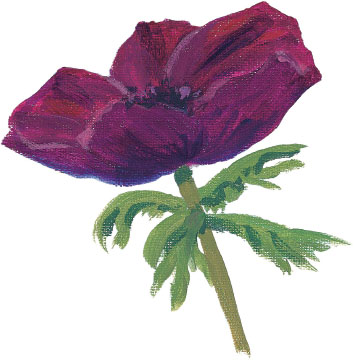
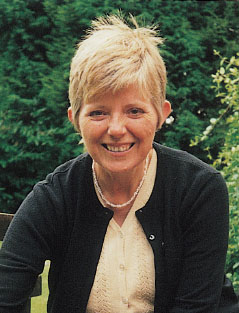
T his book will help you to create your first oil paintings. You do not necessarily have to be talented or gifted in some way to be able to paint. Anyone can do it, provided they want to, and that they dont mind making mistakes occasionally. Making mistakes is part of the learning process. Exercises need to be done, and confidence has to be built. This book leads you through simple stages to making your first pictures, even if you have never painted before.
Oils are one of the most reassuring mediums. They are easy to put right if things go wrong either you paint over your mistakes or you can just wipe everything off with a rag soaked in turpentine or white spirit.
You will not need lots of special equipment or a large range of colours to get started. There are some things you must have and these are listed on . For example, good brushes are important, but you only need three or four look after them well, and they will last for years.
Naturally, when using tools or instruments, it is important to get to know them, to work out how they function, and to try them out to see what they can do. The stages in this book will enable you to do this. Above all, remember that the more you practise, the better you will be!
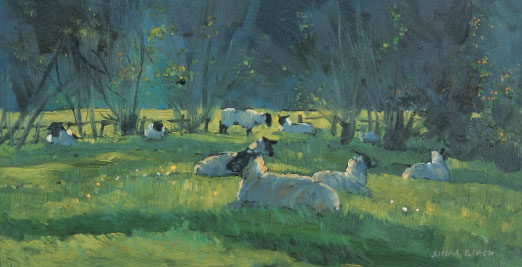
Summer afternoon3519 cm (147 in) Canvas
T his book is full of step-by-step exercises for you to follow, which will help you to progress into oil painting with confidence. If at any time an exercise does not work out for you, try it again, or go one step back to make sure that you have understood the previous exercise.
Once you have completed a stage in the book, try something similar for yourself. For example, after the painting of fruit, set a still life up yourself and paint it. Test everything out that you read in the book is it true, does it work for you?
From time to time I have done demonstrations, which show you each stage that goes into making up a picture. You may find that colour mixing is one of the most difficult parts of painting. Dont worry if the colour mixes you make dont work out first time; like any skill, colour mixing needs a little practice to get things right. The more mixing you do, the more accurate your mixes will be.
There is a jargon buster included on . to help you to become familiar with the language and terms used in painting. Unfortunately, some teachers and some books will bewilder you with jargon although you do need to know about some terms, the rest is really common sense.
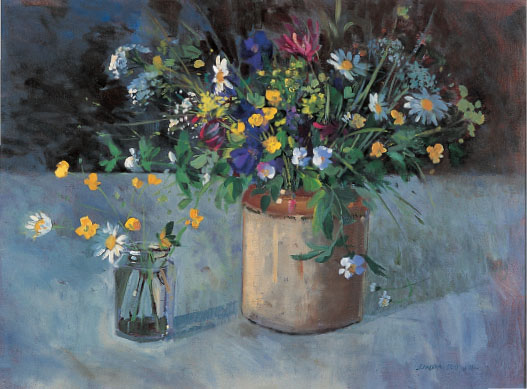
Summer flowers74 x 61 cm (29 x 24 in) Hardboard
Y ou wont need a vast amount of expensive equipment to start oil painting. Your local art materials store will sell various oil paints and brushes, and you will not need many colours or brushes to make a start. Your palette can be an old plate, and you can even paint on cardboard!
Colours Oils come in two different grades, students and artists colours. Students are less expensive and are perfectly suitable for a beginner. Oils are sold in tubes of various sizes. I suggest that you buy the 22 ml size for all the colours except white, which you will need in a 115 ml tube. This is because you will need more white for mixing than the other colours.
The colours that I use in this book are:
Titanium White
Cadmium Yellow Pale
Lemon Yellow
Rose Madder
Cadmium Red
Crimson Alizarin
French Ultramarine
Coeruleum
Cobalt Blue
Viridian
Burnt Umber
Yellow Ochre
Raw Sienna
To help you learn to mix your colours, I have kept to simple mixes in this book.
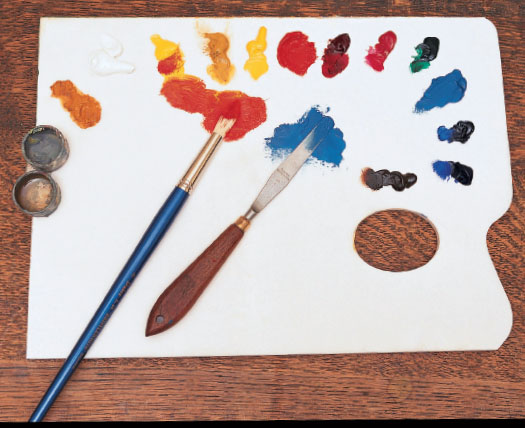
A palette of the colours used in this book
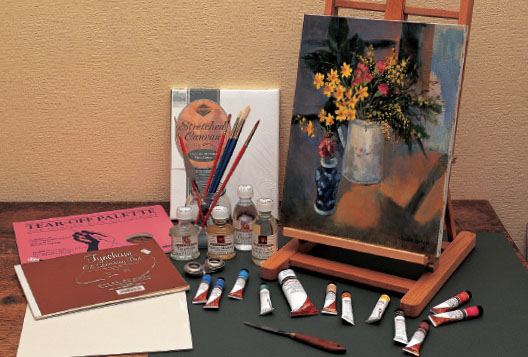
A selection of materials used for oil painting
Brushes Three brushes will usually suffice for most purposes. You will need a large (size 8) round-ended hog bristle brush, for large areas of paint such as skies. A medium-sized (size 6) square-ended hog bristle (known as a bright) is helpful for general work. I also use a small, soft nylon round brush (size 4) for detailed work and drawing out. The higher the number, the larger the brush.
Palette and painting knives Palette knives are long-bladed and round-ended. Originally used for mixing colours on the palette, they can be used to lay paint onto the picture instead of or as well as brushes.
Painting knives are small, trowel-shaped knives shaped especially for knife painting (impasto, where the paint is used thickly) or to be used in conjunction with brushes.
Palettes You must have a large area to mix your colours on. A simple palette could be an old dinner plate, or a large sheet of perspex or glass. Traditional wooden thumbhole palettes are available in various sizes, and need to be oiled in before use (rubbed thoroughly with linseed oil to seal the surface to take oil paint).
Next page

